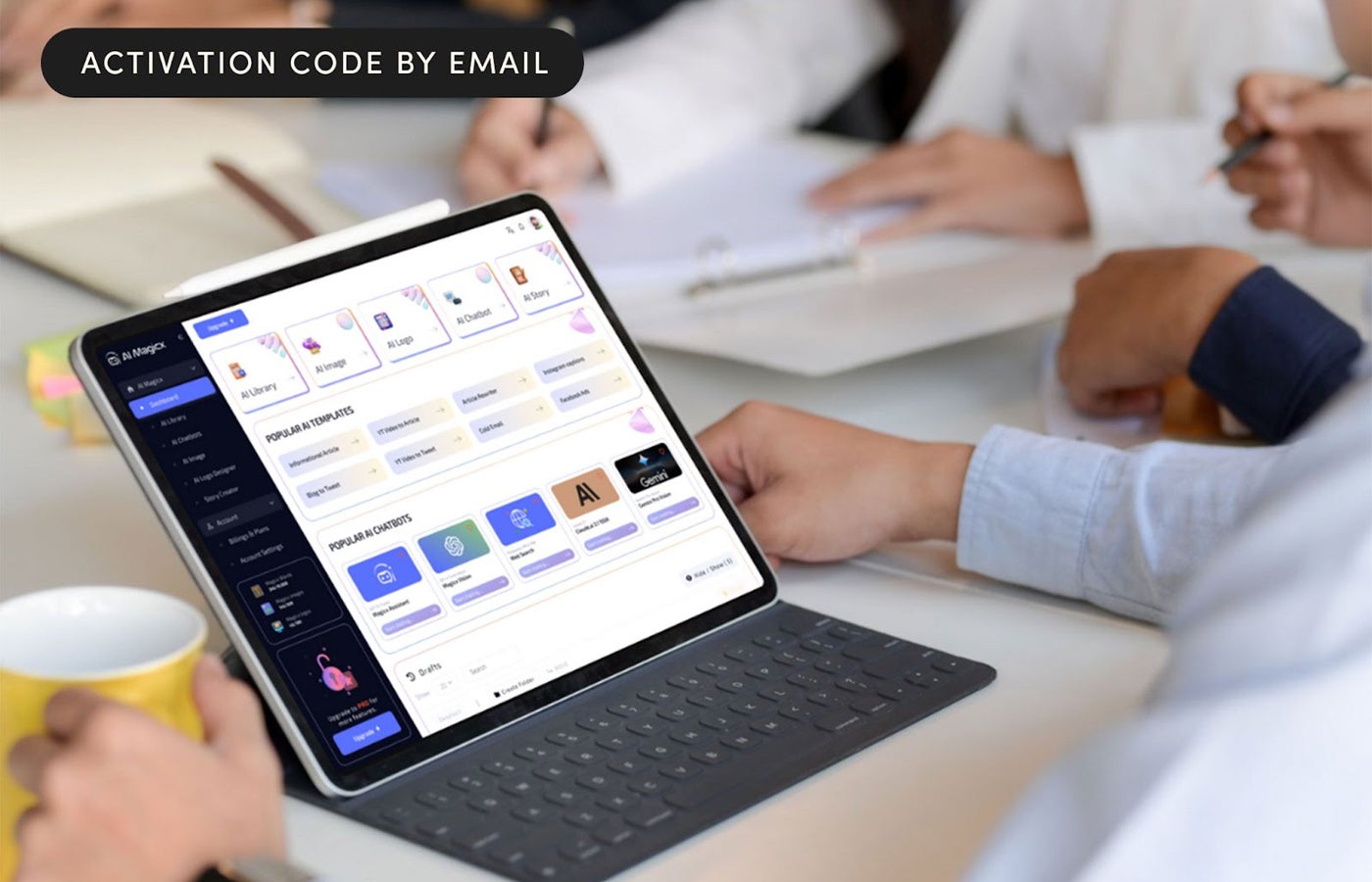What is a CRM system?
CRM software is a marketing and sales platform that stores and tracks all of a company’s lead and customer information. These solutions are designed to help manage entire sales processes and workflows, from lead generation to closing deals.
The onboarding and setup process can be understandably intimidating, which is why we've put together this beginner's guide to help you understand the basics of using a CRM tool.
There are many factors that go into determining what information you need to get started with a CRM, including your technical background, your industry, whether you're setting up a new CRM for the first time, or transferring data from an existing one.
These seven steps should help you visualize how to progressively use a CRM to capitalize on all the benefits it can bring.
1
Monday CRM
Employees by company size
Micro (0-49), Small (50-249), Medium (250-999), Large (1000-4999), Enterprise (5000+)
Any size of company
Any size of company
Characteristics
Calendar, collaboration tools, contact management and more
3
HubSpot CRM
Employees by company size
Micro (0-49), Small (50-249), Medium (250-999), Large (1000-4999), Enterprise (5000+)
Micro (0-49 employees), Small (50-249 employees), Medium (250-999 employees), Large (1000-4999 employees)
Micro, Small, Medium, Large
How to use a CRM
Step 1 – Import data
The first thing you need to do is transfer all existing data from spreadsheets, documents, and other digital stores into the single CRM platform. CRM vendors help achieve this by allowing data migration directly from a spreadsheet or through APIs and integrations.
One of the major benefits of CRM software is that customer data will no longer be stored in silos across multiple locations. If you have a lot of scattered data to import, check with your vendor to see if they offer migration support. Some offer this support for free for certain plan levels, while others offer it as an add-on service.
Although it may seem disorganized at first, entering data into the platform is the most important first step for security reasons. Once it is in the CRM system, you can start segmenting the data according to your needs.
Step 2 – Integrate tools
An important factor I use to evaluate CRM vendors is their integration capabilities. In order to use a CRM to its full potential, it’s important to integrate it with your existing marketing and sales tools as soon as possible.
This will ensure that data is shared appropriately throughout the transition or setup process. For example, an email provider, internal communication tool like Slack, or billing software should be integrated immediately so that proper tracking can be done.
Make sure you choose CRM software that integrates with your existing tools or offers features that can replace those tools within the CRM system. This is particularly important if you employ a multi-touch marketing and sales strategy that involves several different departments.
Step 3: Develop a CRM cycle
You should be able to transfer your existing sales process into the new CRM tool and start using it right away, but the implementation stage is also an opportunity to add and manage more complex stages or strategies.
Once the basic sales process and flow have been introduced into the CRM, you can begin to develop a more specific CRM cycle. Common stages of the CRM cycle include how customer information and data is collected, what communication channels are used for customer interactions, and how sales metrics will be measured and evaluated.
SEE: Learn more about the key components of a CRM cycle.
Step 4 – Train users
The typical CRM pricing system works by charging the company for each user of the platform. Whether you expect a few users or a few hundred users, it’s important to introduce them to the new CRM software with training, resources, and knowledge-sharing sessions. This way, sales reps and managers become comfortable with the new technology and can appropriately update status, deals, and more.
Some CRM systems offer users in-app tutorials, group training resources, and even detailed knowledge databases on best practices. Consider holding several different training sessions depending on the department, role, or skill level of the employees who will be using the CRM software.
An added benefit of this step is that teams will be able to use the CRM platform to resolve any issues in their workflows, identify errors in the tool itself, and reduce time spent on manual tasks.
Step 5 – Automate tasks
A common CRM feature is the ability to automate marketing or sales tasks. Once users are in the CRM tool and become a little more familiar with it, it’s time to create automations that can make their jobs even easier.
For example, if a customer submits an online inquiry or fills out a form on your site, a follow-up email could be sent to their inbox as a sales rep prepares to engage with them. Or once a deal is closed, automations could trigger post-sale tasks such as data entry or scheduling.
There are countless ways to organize an automation workflow to connect steps. It’s important to understand that there may be some trial and error, so I would suggest testing automations on a smaller scale before implementing them on a larger scale.
Many CRM software that supports automation have a limit on the number of uses in a given time period, such as per month or per billing cycle. It's critical to clearly understand those limits so you don't find yourself with unplanned work breaks or having to overspend.
Step 6 – Implement new campaigns
Once you've integrated existing or new third-party tools and set up automations, it's time to start implementing new campaigns.
When you create email marketing campaigns, sales follow-up campaigns, and workflows using a CRM tool, new leads are automatically generated and funneled into the software. That lead generation can then trigger lead nurturing campaigns managed by dedicated sales reps, who already have all the customer data at their fingertips.
All this integrated context improves the customer experience and helps your team close deals faster.
Step 7 – Analyze CRM Reports
The reporting capabilities of a CRM are invaluable. Once you have implemented basic workflows in your CRM system and are able to track transactions within the sales process, it is important to periodically review sales reports and analytics.
These automatically generated reports can show individual, team, or company performance, revenue tracking, campaign success, and more. This information should be used to make business decisions about how to use the CRM and develop sales strategies.
For example, if there are high click-through rates on an email marketing campaign, but no major improvement in conversion rates, the company should consider spending more time on lead management to turn those interested clicks into actual customers. Or, if you see a high conversion rate on calls made at a certain time or on a certain day of the week, you may want to adjust staff schedules to take advantage of that trend.
What are the benefits of using a CRM?
Implementing CRM software can benefit your business in multiple ways. No matter what your intent is with the software (whether it's for marketing, sales, or reporting), a CRM tool acts as a central hub for all customer information. Because CRM software is scalable, a small business can benefit just as much as a large company, and the system can be adapted to meet your needs as your business grows.
Some key benefits worth highlighting are:
- Data Integrity: Reduce or completely eliminate data entry errors or account inconsistencies with secure digital systems.
- Lead Segmentation: Create and deploy lead generation campaigns designed with data-backed insights about your ideal customer profile.
- Advanced information: View valuable data, such as performance or revenue tracking, in easy-to-digest dashboards that help decision makers strategize sales initiatives.
- Interdepartmental communication: Streamline all communication between marketing, sales, and support teams, or between individual reps and managers in one place with all activity logged.
Frequently Asked Questions (FAQ)
Is CRM easy to use?
Since CRM platforms are intended to be used by sales reps, managers, marketing analysts, and more, they are designed to be intuitive and accessible to people of any technical skill level. It’s also common to see popular CRM vendors advertise their platform as “no-code,” meaning that customizations and automations can be created without any specialized knowledge. All of this can help boost the tool’s ease of use. Additionally, following general best practices can ensure that users are working with the software as efficiently as possible.
What is the easiest CRM tool to use?
While identifying an easy-to-use CRM can be subjective, I have found that Freshsales, Creatio, Less Annoying CRM, and Pipedrive have all received positive, real user feedback on ease of use. Ease of use should be a major factor to consider when researching a solution, but so should basic and advanced integrations and features. Cost is also an important factor that could be prioritized over these; for example, free CRMs are often highly sought after.












